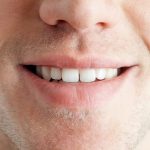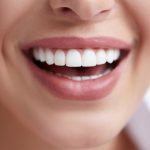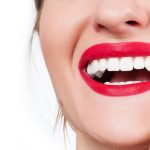Say Goodbye to SeeThrough Teeth: A Comprehensive Guide on How to Fix Them
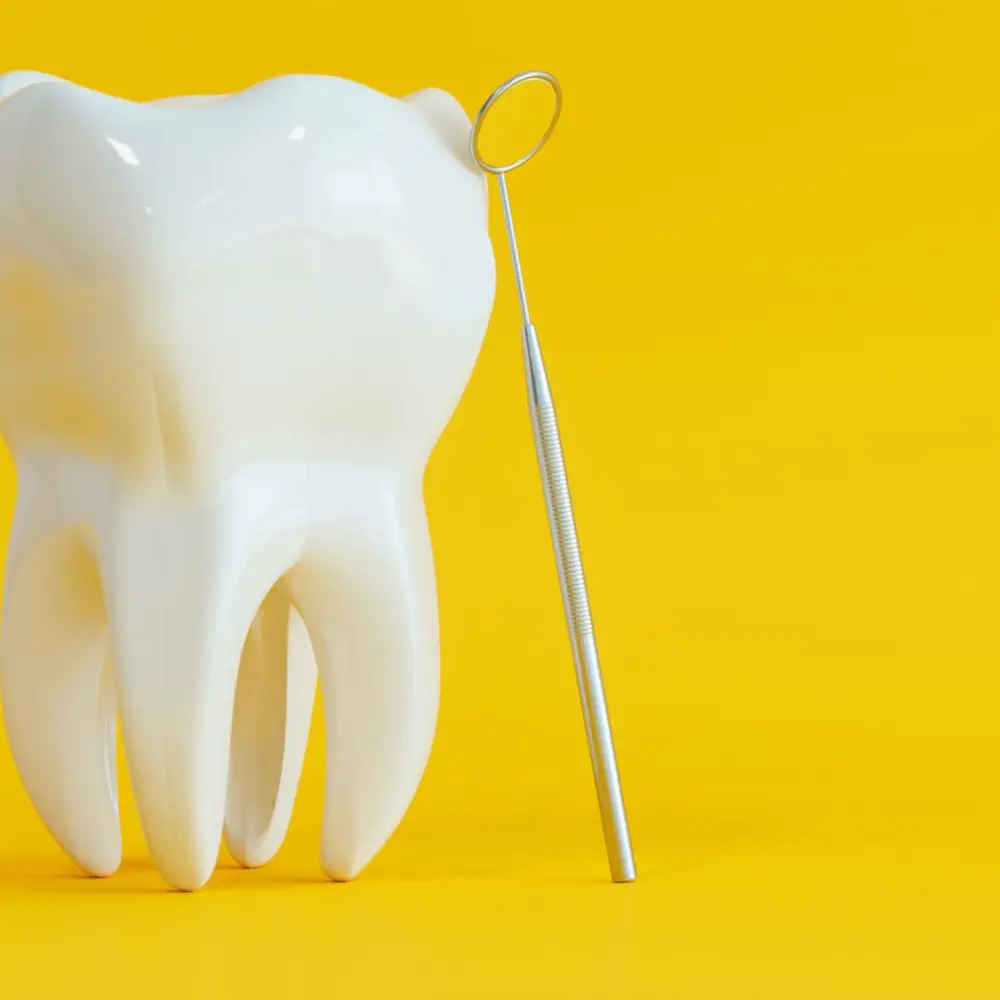
Are you tired of feeling self-conscious about your see-through teeth? Do you find yourself hiding your smile during social interactions, or avoiding certain foods and drinks because of the sensitivity caused by translucent teeth? If so, you’re not alone. Many people struggle with this dental issue, but the good news is that there are solutions available. This comprehensive guide will provide you with all the information you need to fix your see-through teeth and achieve a confident, healthy smile. From understanding the causes of translucent teeth to exploring treatment options, we’ll cover everything you need to know to take control of your dental health and regain your confidence. So, whether you’re dealing with mild discoloration or more severe transparency, read on to learn how to say goodbye to see-through teeth for good.
Seethrough teeth, also known as translucent teeth, occur when the enamel of the teeth becomes thin, allowing the underlying dentin to show through. This can be caused by a variety of factors, including genetics, aging, acid erosion, and excessive brushing. Seethrough teeth can be unsightly and can also make teeth more susceptible to decay and sensitivity. However, there are several ways to fix seethrough teeth, including bonding, veneers, and enamel microabrasion. It is important to consult with a dental professional to determine the best treatment option for your specific situation, as each case is unique. By addressing seethrough teeth, you can improve the appearance of your smile and protect your teeth from further damage.
See-through teeth, also known as translucent teeth, is a condition where the teeth lose their natural opacity and become more transparent. This condition is caused by a variety of factors, including genetics, aging and lifestyle choices. Genetics plays a role in determining the thickness of the enamel layer, which is responsible for the opacity of the teeth. As we age, the enamel layer gradually wears away, exposing the underlying dentin layer, which is naturally more yellow and less opaque. Certain lifestyle choices, such as excessive consumption of acidic foods and drinks, can also contribute to the erosion of the enamel layer. Other factors that can cause see-through teeth include teeth grinding, gum recession, and certain medical conditions such as celiac disease and bulimia.
See-through teeth, also known as translucent teeth, can be caused by a variety of factors such as genetics, aging, acidic foods and drinks, and certain medications. These teeth appear almost transparent, giving the smile a dull and unhealthy appearance. Additionally, see-through teeth can also be more susceptible to sensitivity and decay. Thankfully, there are several dental treatments available to fix this issue. From composite bonding to porcelain veneers, these treatments can restore the natural appearance of teeth and improve their strength and durability. By addressing see-through teeth, individuals can achieve a more confident and radiant smile.
Preventative Measures
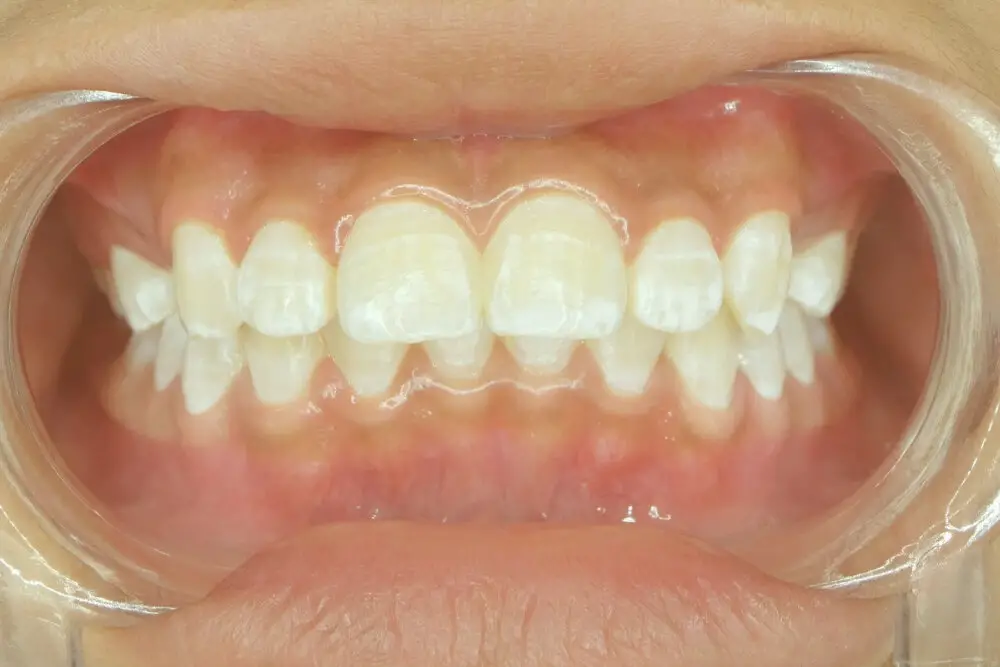
Preventative measures are essential to avoid having see-through teeth. One of the most effective ways to prevent see-through teeth is to practice good oral hygiene. Brushing your teeth at least twice a day and flossing regularly can help remove plaque and prevent tooth decay. It is also important to avoid sugary and acidic foods and drinks, as they can cause erosion and weaken the enamel. Drinking plenty of water and eating a balanced diet can also help keep your teeth healthy and strong. Another preventative measure for see-through teeth is to visit your dentist regularly for check-ups and cleanings. Your dentist can identify early signs of tooth decay and erosion and provide appropriate treatment to prevent further damage. Dental sealants and fluoride treatments can also help protect your teeth from decay and erosion. Additionally, wearing a mouthguard while playing sports or at night can prevent tooth damage from grinding or clenching. Taking these preventative measures can help you maintain strong, healthy teeth and prevent see-through teeth.
Dietary changes can have a significant impact on the health of your teeth, especially when it comes to preventing see-through teeth. Consuming acidic foods and beverages can erode tooth enamel over time, leaving the inner layer of dentin exposed and causing teeth to appear translucent. To combat this, it’s essential to limit your intake of acidic foods and drinks such as citrus fruits, soda, and sports drinks. Instead, opt for foods and drinks that are low in acidity, such as water, milk, and fresh vegetables. Additionally, incorporating calcium-rich foods like cheese, yogurt, and leafy greens into your diet can help strengthen teeth and promote healthy enamel. By making these dietary changes, you can help protect your teeth from further damage and maintain a bright, healthy smile.
Oral hygiene practices are crucial in maintaining healthy teeth and gums. Brushing twice a day with fluoride toothpaste, flossing daily, and using mouthwash can help remove plaque and prevent tooth decay and gum disease. Additionally, avoiding sugary and acidic foods and drinks, quitting smoking, and seeing a dentist regularly for cleanings and check-ups are also important in promoting good oral health. Neglecting oral hygiene can lead to dental problems such as see-through teeth, which can be unsightly and cause sensitivity. By adopting good oral hygiene practices, individuals can maintain strong and healthy teeth, and prevent dental issues like see-through teeth from occurring.
Mouthguards are a popular and effective solution for those who grind their teeth, also known as bruxism. This habit can lead to serious dental problems, such as tooth sensitivity, worn enamel, and even tooth fractures. A custom-fitted mouthguard helps to protect the teeth by serving as a barrier between the upper and lower teeth, preventing them from rubbing against each other. It also helps to relax the jaw muscles, reducing the intensity and frequency of grinding. While there are over-the-counter options available, a custom-fitted mouthguard from a dental professional is the most effective, comfortable, and long-lasting solution for those who suffer from bruxism.
Professional Treatment Options
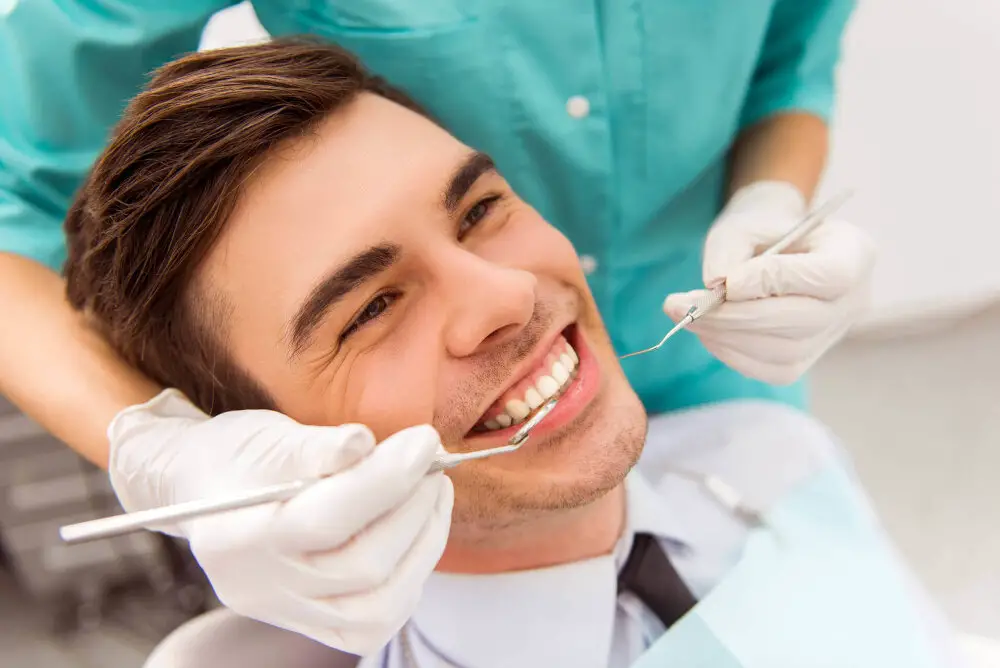
Professional treatment options for see-through teeth can range from basic cosmetic procedures to more extensive dental interventions. The type of treatment recommended will depend on the severity of the condition and the underlying cause. A common cosmetic option for see-through teeth is dental bonding, which involves the application of a tooth-colored resin to the surface of the tooth to improve its appearance. This is a relatively quick and non-invasive procedure that can be completed in a single visit to the dentist. However, it is important to note that dental bonding may not be suitable for more severe cases of see-through teeth. Another professional treatment option for see-through teeth is the use of veneers. Veneers are thin, custom-made shells that are placed over the front of the teeth to improve their appearance. They can be made from either porcelain or composite resin and are usually recommended for individuals with more severe cases of see-through teeth. Veneers are a more permanent solution than dental bonding, but they are also more expensive and require more extensive preparation of the teeth. Your dentist can help you determine which treatment option is right for you based on your individual needs and preferences.
Dental bonding is a cosmetic dental procedure used to fix chipped, cracked or discolored teeth. The process involves applying a tooth-colored resin material to the damaged area of the tooth, which is then shaped and polished to match the surrounding teeth. This procedure can also be used to fill in gaps between teeth or to make teeth appear longer. Dental bonding is a relatively quick and painless procedure that can be completed in one visit to the dentist. It is a cost-effective alternative to other cosmetic dental procedures such as veneers or crowns. However, it is important to note that dental bonding is not as durable as these other procedures and may need to be touched up or replaced over time.
Crowns are a popular dental solution to restore damaged or weakened teeth. These dental prosthetics are designed to fit over the damaged tooth, providing it with a protective layer. They are made of various materials such as porcelain, ceramic, and metal, and are customized to match the color and shape of the patient’s natural teeth. Crowns are an excellent option for those who have cracked or chipped teeth, or for those who have undergone a root canal procedure. They not only improve the appearance of the tooth but also provide additional support and strength to prevent further damage. With proper care and maintenance, crowns can last for many years, giving patients a long-lasting solution to their dental problems.
Veneers are a popular cosmetic dental treatment that can effectively fix see-through teeth. Typically made of porcelain or composite resin, veneers are custom-made shells that are bonded to the front surface of the teeth. They are designed to match the natural color and shape of your teeth, giving you a beautiful and natural-looking smile. Veneers can be used to fix a variety of dental imperfections, including teeth that are stained, chipped, or misaligned. They are a long-lasting solution that can provide you with a confident and radiant smile for years to come. If you’re looking to fix your see-through teeth, veneers may be the perfect solution for you.
Inlays and onlays are two types of dental restorations that can help fix see-through teeth. They are custom-made fillings that are used to repair tooth decay, damage, or discoloration that cannot be fixed with a simple filling. Inlays are used when the damage is limited to the grooves or pits on the surface of the tooth. They are made of porcelain, gold, or composite resin and are bonded to the tooth’s surface. Onlays, on the other hand, are used when the damage extends to one or more of the tooth’s cusps. They cover the entire biting surface of the tooth and are also made of porcelain, gold, or composite resin. Inlays and onlays are more durable than traditional fillings and can last up to 30 years with proper care.
Home Remedies

Home remedies are a great way to combat see-through teeth, which can cause sensitivity and discomfort. One effective remedy is oil pulling with coconut oil. Coconut oil has anti-inflammatory and antimicrobial properties that can help reduce inflammation and kill harmful bacteria in the mouth. To try this remedy, swish a tablespoon of coconut oil in your mouth for 10-15 minutes each day before brushing your teeth. This can help strengthen the tooth enamel and reduce sensitivity. Another home remedy for see-through teeth is using a mixture of baking soda and hydrogen peroxide. Baking soda is a natural abrasive that can help remove surface stains and polish the teeth, while hydrogen peroxide has antibacterial properties that can help kill harmful bacteria in the mouth. Mix a small amount of baking soda and hydrogen peroxide to create a paste, and then brush your teeth with it for 2-3 minutes each day. This can help strengthen the tooth enamel and reduce sensitivity, leading to a healthier and more confident smile.
Oil pulling is an ancient Ayurvedic technique that involves swishing a tablespoon of oil in your mouth for 20 minutes before spitting it out. This practice is believed to improve oral health by removing harmful bacteria and toxins from your mouth. The most commonly used oil for oil pulling is coconut oil due to its antibacterial and anti-inflammatory properties. However, other oils such as sesame oil and sunflower oil can also be used. Oil pulling is a natural and inexpensive way to improve oral hygiene and has been shown to reduce plaque buildup, fight bad breath, and even whiten teeth. While it is not a substitute for regular brushing and flossing, incorporating oil pulling into your oral hygiene routine can be a beneficial addition.
Baking soda and hydrogen peroxide are two popular home remedies that can help fix see-through teeth. Baking soda, also known as sodium bicarbonate, is a natural abrasive that can help scrub away surface stains on teeth. It also has alkaline properties that can neutralize the acids in your mouth, preventing further damage to your teeth. Hydrogen peroxide, on the other hand, is a powerful whitening agent that can bleach your teeth and remove deep stains. When used together, these two ingredients can create a potent whitening solution that can help restore the natural color of your teeth and make them appear less transparent. However, it’s important to use these remedies with caution and under the guidance of a dental professional, as excessive use can cause damage to your teeth and gums.
Activated charcoal is a form of carbon that has been treated with oxygen to make it highly porous and adsorbent. Its ability to attract and bind with impurities has made it a popular ingredient in various health and beauty products, including toothpaste. Activated charcoal toothpaste is said to help remove surface stains and brighten teeth. However, there is limited scientific evidence to support its effectiveness, and some dentists caution that it may be too abrasive and damage tooth enamel. As with any new dental product, it’s best to consult with your dentist before incorporating activated charcoal toothpaste into your oral care routine.
Lifestyle Changes

Lifestyle changes are an essential factor in maintaining healthy teeth and preventing see-through teeth. One of the significant lifestyle changes is to avoid sugary and acidic drinks and foods. These substances can erode the enamel, exposing the dentin layer, which makes teeth translucent. It is advisable to limit the consumption of sugary and acidic foods and drinks and increase the intake of water, which helps to rinse the mouth and neutralize the acid. Additionally, regular brushing and flossing can prevent the accumulation of plaque and tartar, which can cause tooth decay and gum disease, leading to see-through teeth. Furthermore, another lifestyle change that can help to prevent translucent teeth is to quit smoking. Smoking not only stains the teeth but also weakens the enamel, making the teeth more susceptible to decay and erosion. Smoking also reduces blood flow to the gums, making them more susceptible to infections and diseases that can cause tooth loss. A healthy diet, regular dental checkups, and good oral hygiene practices are also essential lifestyle changes that can prevent see-through teeth. By adopting these lifestyle changes, you can not only prevent see-through teeth but also improve your overall dental health and well-being.
Reducing acidic food and drink intake can be a crucial step in preventing see-through teeth. Consuming highly acidic foods and drinks regularly can cause erosion to the enamel, exposing the layer of dentin underneath, which is yellow and more susceptible to staining. Some of the most common acidic foods and drinks include citrus fruits, soda, coffee, and wine. It is recommended to limit the intake of these items and rinse your mouth with water after consuming them to help neutralize the acid. Additionally, incorporating more alkaline foods such as leafy greens, nuts, and seeds into your diet can help maintain the pH balance in your mouth and protect your tooth enamel. By making these simple dietary changes, you can help prevent the erosion of your tooth enamel and maintain a healthy, bright smile.
Quitting smoking is undoubtedly one of the best decisions you can make for your oral health. Smoking not only causes discoloration and staining of teeth but also weakens the enamel, which leads to see-through teeth. The nicotine and tar present in cigarettes can cause plaque buildup and gum disease, which can further damage your teeth and gum line. By quitting smoking, you not only reduce your risk of developing oral health problems but also improve your overall well-being. It is never too late to quit smoking, and there are several resources available to help you kick the habit for good.
Reducing alcohol consumption can significantly improve the health of your teeth. Alcohol is a dehydrating agent that can cause dry mouth, leading to a decrease in saliva production. Saliva plays a crucial role in neutralizing acid in the mouth and washing away harmful bacteria that cause tooth decay. When there is a lack of saliva, the acid and bacteria can erode the enamel of the teeth, causing them to become see-through. Furthermore, alcohol is also high in sugar, which can contribute to tooth decay. Limiting alcohol intake and staying hydrated with water can help prevent see-through teeth and improve overall oral health.
Seeking professional help is of utmost importance when it comes to fixing see-through teeth. While there are a variety of DIY methods that can be found online, they may not be effective or safe. A professional dentist can evaluate the extent of the damage, determine the underlying cause, and recommend the appropriate treatment plan. Moreover, they have access to the latest technology and procedures that may not be available at home. Attempting to fix see-through teeth on your own may worsen the condition, cause further damage, and even lead to tooth loss. Therefore, it is highly recommended to seek professional help and get the right treatment for your specific case.
Reinforcement of preventative measures and lifestyle changes is crucial when it comes to fixing see-through teeth. One of the most important steps in preventing tooth transparency is maintaining good oral hygiene by brushing and flossing regularly. Additionally, reducing the intake of acidic and sugary foods and drinks can help prevent erosion and decay, which can lead to see-through teeth. Furthermore, quitting smoking and limiting alcohol consumption can also play a significant role in preventing tooth transparency. Implementing these lifestyle changes and preventative measures can not only help fix see-through teeth but also improve overall oral health.
Conclusion
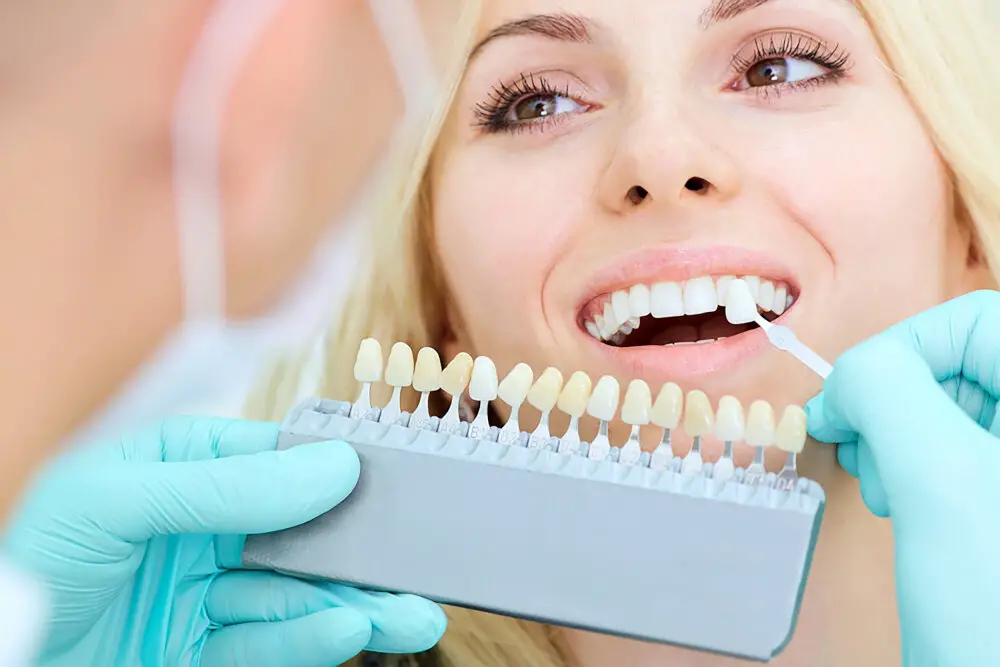
In conclusion, having see-through teeth can be a frustrating and embarrassing condition, but there are several effective ways to fix it. From improving oral hygiene and diet to seeking professional dental treatments such as bonding, veneers, and crowns, there are options available for everyone. It’s important to understand the underlying causes of see-through teeth and to consult with a dental professional to determine the best course of action. With the right approach and dedication to oral health, anyone can say goodbye to see-through teeth and enjoy a bright, healthy smile.

